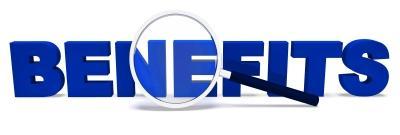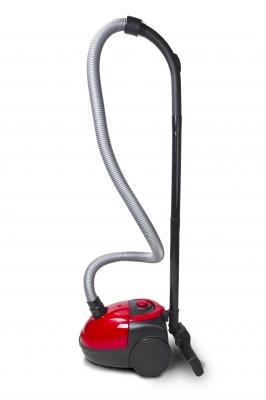Sales and Marketing – Features and Benefits
Features and benefits form the spine of any good sales and marketing campaign. Unfortunately, many beginner entrepreneurs make the mistake of believing that features alone sell the product and the more the merrier.
A poor sales and marketing campaign will list all a product’s features and leave it at that, expecting the consumer to see the ‘obvious’ and understand implicitly how this will change their lives. A good sales and marketing campaign will take that list of features and turn them into benefits.
What are features and benefits?
Features are what your product is. They are, if you like, the facts. This car has a 1.8 litre engine, a fuel economy of 52 miles to the gallon, auto-locking, mp3 player and digital radio. All these are features.
 A benefit is something useful. A fuel economy of 52 miles to the gallon leads to the benefit of spending less on fuel. A digital radio means you can listen to your favourite radio station in crystal clear stereo. For every feature, there is a benefit to the consumer. Some may look obvious, others less so, but they are there if you look hard enough.
A benefit is something useful. A fuel economy of 52 miles to the gallon leads to the benefit of spending less on fuel. A digital radio means you can listen to your favourite radio station in crystal clear stereo. For every feature, there is a benefit to the consumer. Some may look obvious, others less so, but they are there if you look hard enough.
Yes, there are some whose eyes light up at the sight of feature filled descriptions, particularly if it is something technical like laptop specs or a top of the range camera. Features are useful facts to back up what you say to sell your product. They are there to support the benefits. Have you ever shopped for a product, wanted the best you can get for your budget and not understood the terminology used?
What most people want to know is this: What’s in it for me? In other words, your consumer wants to know how it is going to benefit them. Why should they buy your product?
An example of features and benefits
Imagine you have a new hoover coming onto the market. Here are some of the features and their resulting benefits you might use to highlight its appeal to consumers:
 It is lightweight (feature): Gone are the days of lugging around a heavy hoover; you will be able to clean more quickly and efficiently and not put a strain on your back (benefit).
It is lightweight (feature): Gone are the days of lugging around a heavy hoover; you will be able to clean more quickly and efficiently and not put a strain on your back (benefit).- It uses cyclone technology (feature): Your carpet will get a deeper clean than with conventional models extending the life of your carpet and saving money. What’s more, you will hardly be able to hear the motor so you can carry on a conversation or listen to music without that horrible drone interfering (benefits).
- It does not use a conventional hoover bag (feature): No faffing with Hoover bags that a prone to split just as you start to remove them making a terrible mess for you to clear up, a simple way to dispose of the dust bunnies (benefit).
- It is cordless (feature): You won’t have to go back and forth trying to untangle the cable from furniture or searching for a suitable plug socket (benefit).
- It is made of a new reinforced plastic (feature): The hoover is highly durable so if you drop it down the stairs it won’t break (benefit).
- It has few moving parts (feature): Fewer parts means less can go wrong, therefore the hoover will last longer than other models on the market and save your more money in the long run.
In all sales and marketing copy, both features and benefits are important. But benefits are more valuable because they illustrate how the consumer’s life will be better if they buy your product. A product can have the most amazing features in the world but if the consumer cannot see what benefit they offer, you will have a hard time selling it.
Do you know your own features and benefits? If you don’t, how do you expect your potential customers to spot the benefits of purchasing your products or services?
To talk about this or any other aspect of your sales and marketing campaigns, please call 01604 654545 or email sales@thelasthurdle.co.uk our Business Development Specialists are highly trained and very experienced.







Comments
Sales and Marketing – Features and Benefits — No Comments
HTML tags allowed in your comment: <a href="" title=""> <abbr title=""> <acronym title=""> <b> <blockquote cite=""> <cite> <code> <del datetime=""> <em> <i> <q cite=""> <s> <strike> <strong>